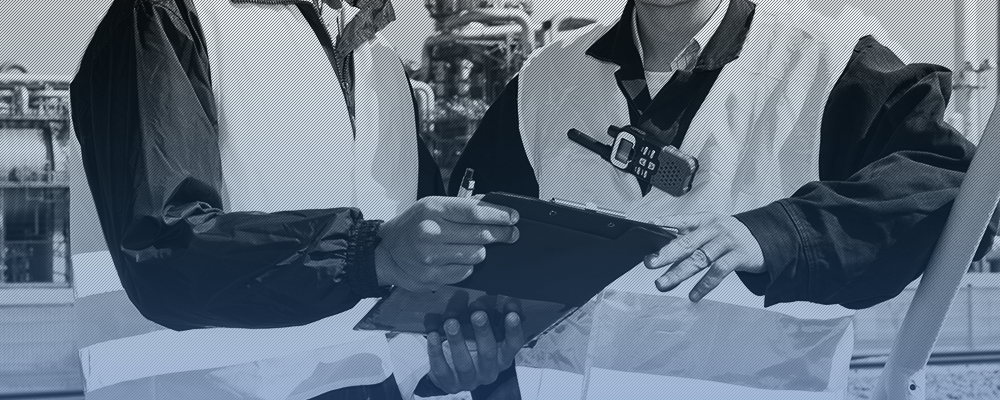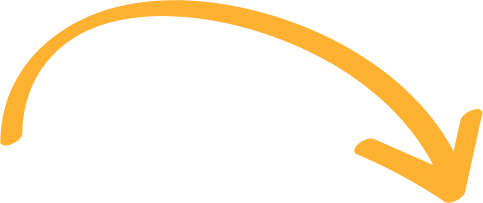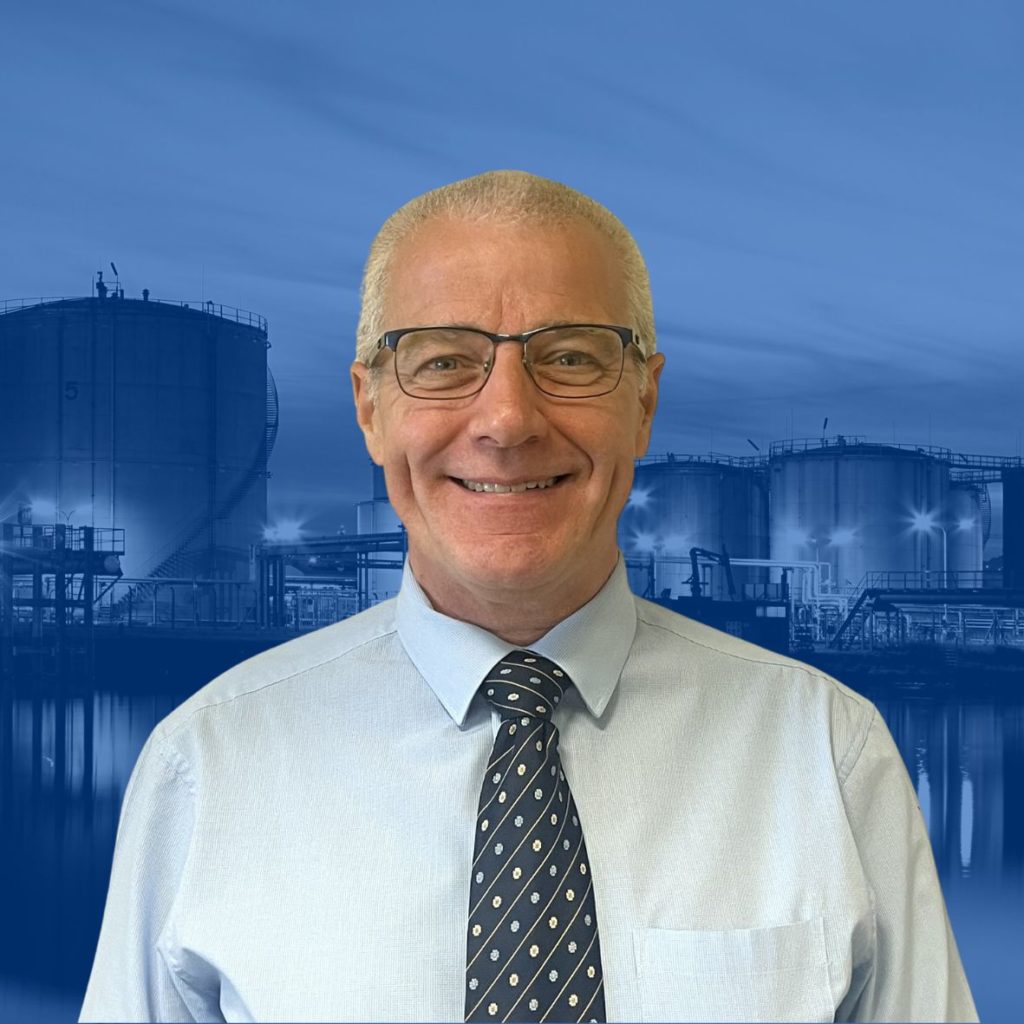
Like Rome, be advised to calendar more than a day to build a competence management system (CMS). Important work, after all, takes time. And within our sector, competency most surely resides atop the importance scale. It is the barrier protecting the safe from the unsafe.
So what is a CMS? In plain old English, it pertains to introducing arrangements to control a cycle of activities within your tank storage organisation. The end result? A system which assures and develops competent performance on the part of directors, managers and operators.
The bulk liquid industry is making great headway. Training, on-the-job learning, instruction, assessment and qualifications have indeed become the norm for those planning a safer tomorrow, today.
Even so, whilst the initial impact is fantastic, what happens a month or year after providing training to a worker? Down the road, how can you assure their progression? And, in doing so, how can you demonstrate to yourself, the regulator and wider community their ability to undertake responsibilities and perform activities to a recognised standard on a regular basis?
Competency training, unlike Chesney Hawks, shouldn’t be a one-hit-wonder. It requires a cyclic approach. It requires a process which takes into account work life and work roles. It requires a strong competence management system.
Building a CMS in 5 phases
What type of CMS does my site need? There’s a number of different systems out there. As such, knowing where to start can be tricky – in fact, it’s caused many site managers to shed precious follicles.
Don’t worry, though. The ideals permeating these different systems are actually similar in nature.
So much so, in fact, that the Health and Safety Executive has rationalised things down into five core principles. The end result? A compelling roadmap readymade to help you drive forward a robust CMS tailored around the actual needs of your site.
Let’s take a look and explore each phase in detail.
Phase 1: Establish requirements for the CMS
Identify activities and assess risks: The epicentre of this phase is identification of safety critical tasks. Why is this so important? Well, according to Cogent, safety critical tasks are ‘those where sub-standard performance could contribute to a major accident hazard’. In practice, if we don’t identify the hazards, it’s impossible to manage the risks associated with the activity or process. This is key in opening the door to defining the scope of the CMS.
Select standards: Pick a card, any card. Well not quite. Selecting the standards against which assessments will be undertaken is anything but random. It’s a highly strategic process. So factor this into your thought process: how do you plan to measure competence and, more to the point, what does good and bad competence look like?
As with potatoes, standards come in a range of shapes and sizes. You could, for instance, opt for solid off-the-shelf external standards such as L2 Diploma in Bulk Liquid Operations or L3 Diploma in Control Room Operations.
Flip that coin and consider how your site is unique. To ensure the shoe fits the foot, then, you might also want to set about developing your own procedures for key tasks into ‘standards’. This is a recognised and effective approach as a well-designed procedure can be transformed to your standard enabling demonstration of compliance to YOUR process. It is key that the standard enables a consistent measurement of competent performance to be undertaken.
Phase 2: Design the CMS
So you’ve laid the groundwork. You know the hazards, the risks, controls and safety critical elements. All’s looking good. But how can you develop this into a system that demonstrates competent performance?
Well, the first step here is a crucial one. You’ll need to develop policies, procedures and methods of assessment. Whether you are developing a system in line with a relevant awarding body, or a bespoke product this would encompass core areas including:
- Defining the range of roles within the system: From candidates, to assessors, quality assurers and coordinators of the process, clearly define responsibilities within each element
- Selection criteria for the relevant roles: Monitoring and maintaining the quality of the assessment team, their training and competency requirements is fundamental in the assessment process and validity of the management system
- Forms used: Record all elements of the assessment process whether online or via paper based systems, providing consistency and audibility
- Monitoring: Develop a robust monitoring process and ensure those tasked with managing it fully understand the process and their responsibilities
- Policies and procedures: Equal opportunities, assessment strategy and appeals procedure, for example
Remember, the aim of the CMS is to demonstrate the level of competence within the organisation. So, should an individual fail to demonstrate competency, ensure you have measures in place to address this.
Phase 3: Implement the CMS
Full steam ahead. Time to implement the system. This is driven in part through your selection and recruitment policy, matching individuals to the criteria set out within the job descriptions.
Consider how you will cultivate competence by building the Knowledge, Skill and Experience underpinned by individual and group behaviours. And, in doing so, take account of how you will develop and MAINTAIN competency throughout the whole work life.
Change management systems should also factor in changes in personnel and competency requirements, whilst consideration should be given to increased hazards that may be encountered by the individual during the execution of the task.
As you implement this process, do so using ‘The Standard’ to measure and prove competence in a structured manner to pave the way to clear routes of progression.
Phase 4: Maintain and develop competence
Systems often fail where ongoing assurance of competence falls short. It is therefore imperative that you clearly define how this is going to be established and monitored. With focus now firmly set on safety critical tasks, don’t overlook other aspects of performance that can have an impact on safe operations.
Monitoring and reassessment should utilise the relevant standards, ensuring that the competence of personnel is updated and substandard performance is managed appropriately through training and reassessment.
As with the whole of the system, it is key that accurate records are maintained throughout. This is not just about satisfying regulators, it is about measuring performance. Where have we come from? Where are we now? Where do we need to get to?
Phase 5: Verify, audit and review the CMS
Even the most robust systems are vulnerable to decay over time. It is imperative then that you verify and quality assure the CMS by way of internal and external reviews. Record the findings, feedback on them and take action where action is necessary. This type of cyclic approach should enable you to adapt and refresh competence across all levels of the organisation.
Set your site on safety
We should never stop questioning, Einstein pronounced. That guy was pretty smart and his sentiment lends itself perfectly to the creation of a long-lasting CMS. Simply: never stop questioning its validity.
HSE chair, Judith Hackitt, agrees: “The leader who asks to understand what the process’s greatest vulnerabilities are and how they need to be addressed will create a very different climate in their organisation.”
Here’s a few key questions you should therefore ask yourself on a habitual basis:
- Do I know what my major accident hazards are?
- Have I identified the safety critical tasks?
- What level of training does a new employee need?
- What standards am I using to measure competent performance?
- How do I track and audit the process?
- Do we know what could go wrong with a task and the systems needed to prevent it from happening?
- How do you verify that those systems are working?
- What processes are in place if competent performance is not demonstrated?
- How do I review the CMS?
The culture of competency
Good workplace competency is not just about a one-off review, observation or audit. It lays the foundations on which safer performance is built and embedded in an organisation, its culture, workers and business.
The lessons of the past are a mirror reflecting back the need to plan for a safer tomorrow, today.
That’s why we have to get it right. By developing strong competence management systems we can better position ourselves to prevent and mitigate major accident hazards.


